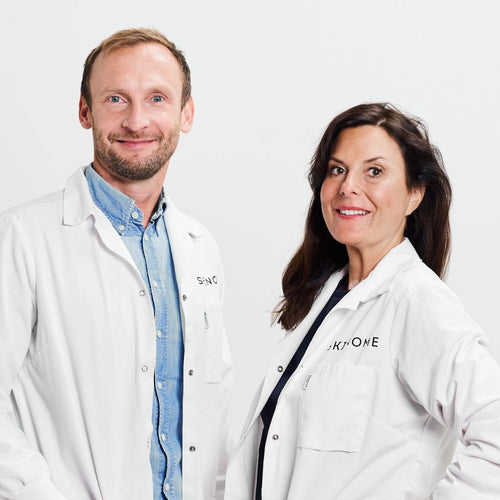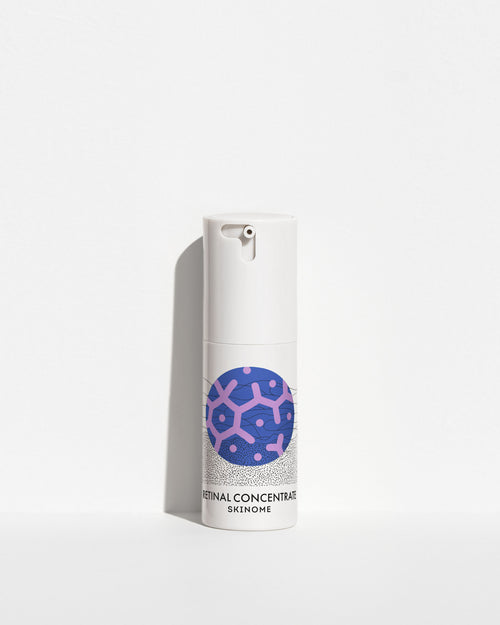3. Ge din hud lite vintervila – satsa på en minimalistisk rutin!
För att uppnå en frisk hud under denna vintersäsong kanske du behöver se över din hudvårdsrutin – och göra den kortare. En frisk hud betyder inte flera timmar i badrummet varje dag med massor av olika krämer, serum och rengöringar. Tvärtom, att använda för många hudvårdsprodukter kan ha motsatt effekt. Johanna tror starkt på "less is more" när det kommer till hudvård. Vissa ingredienser kan störa huden, som parfymer och konserveringsmedel, och ju mer hudvårdsprodukter du använder desto mer av dessa mindre bra ämnen applicerar du på din hud. Långa hudvårdsrutiner kan helt enkelt ha motsatt effekt på din hud, det kan irritera i stället för att vårda. Vid en lång rutin på ca 10 produkter är det inte ovanligt att huden kommer i kontakt med 500 ämnen per dag varav många inte är där för hudens skull utan för att ge produkten lång hållbarhet och god doft.
Så gå igenom din hudvårdsrutin och fundera över vilka produkter du verkligen behöver och vilka ingredienser du vill ha i dina hudvårdsprodukter.
Skinome-rutinen är enkel: Applicera ditt val av fuktkräm (Rich Emulsion, Derma Emulsion, Intense Emulsion eller Light Emulsion) på morgonen. Rengör gärna ditt ansikte, men endast på kvällen, med någon av våra rengöringar (Mineral Cleanser eller Sensitive Cleanser). Därefter kan du kombinera och blanda din fuktkräm med ditt val av aktivt koncentrat för extra effekt (Probiotic Concentrate, Azelaic Concentrate, Night Active Retinol eller Night Active Control).
Lite extra information om hur huden fungerar
Utöver ovan tips och om du verkligen är intresserad av att lära dig mer om din hud, finns det några termer som är bra att känna till för att förstå hur huden fungerar och vad som kommer att påverka den under vintermånaderna:
BARRIÄRFUNKTIONEN
Det yttersta lagret av huden är täckt av en film, en hinna, som håller kvar fukt - den hydrolipidiska filmen. Filmen består av talg, vatten och fuktbindande ämnen, vilka är ämnen som håller kvar fukt. Denna kombination av ämnen fungerar som en barriär mot omvärlden och en hälsosam barriär är nyckeln till en frisk hud.
VATTENAVDUNSTNING - TEWL
Avdunstningen av fukt från huden är känd som transepidermal water loss - TEWL. Fukten avdunstar långsammare från en ung, frisk hud och snabbare från en äldre eller torr hud. Att applicera hudkräm förhindrar avdunstning på två sätt: fuktbindande ämnen i krämen hjälper till att behålla fukten, och oljan i krämen ser till att huden bibehåller fukt genom ocklusion, dvs den låser in den i huden.
HUDENS MIKROBIOM
Hudens mikrobiom hjälper också till att återfukta huden utöver att ha en antiinflammatorisk funktion. En obalans i mikrobiomet har kopplats till hudsjukdomar så som akne, psoriasis, eksem och rosacea men även till torr och känslig hud. Så ett mikrobiom i balans är av stor vikt för en hälsosam hud.













